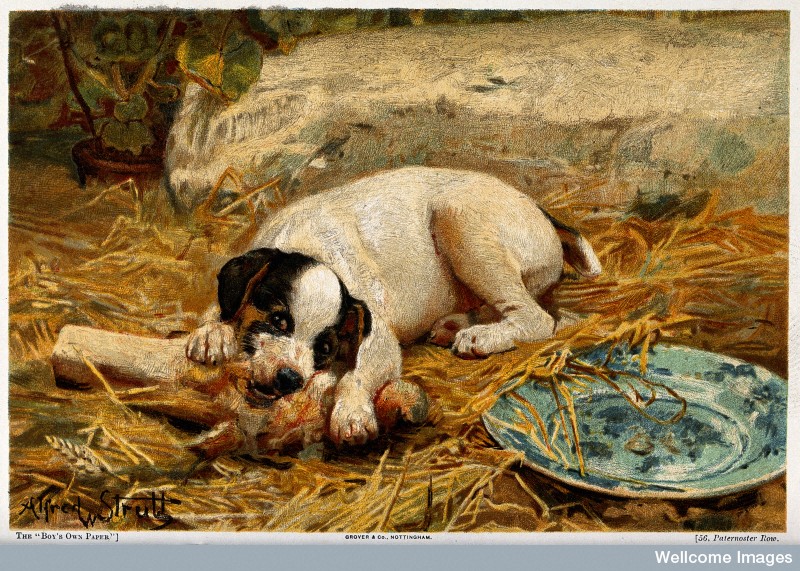
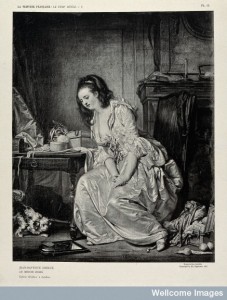
A guest post by Dr Katherine Aske
The beauty products of the early-modern woman were a little different to the ones we know today, and in fact, some of them had far more ‘dog’ in than should be socially acceptable.
Eighteenth-century clergyman and poet, Jonathan Swift’s poem ‘The Lady’s Dressing Room’ (1732), which describes a young woman’s bedroom in gruesome detail, is perhaps the most famous example of these canine-themed products:
There Night-gloves made of Tripsy’s hide
Bequeathed by Tripsy when she died,
With puppy water, beauty’s help
Distilled from Tripsy’s darling whelp.1
The medicinal use of puppies, known for their moisturising quality, is detailed in French physician Ambroise Paré’s The Method of Curing Wounds by Gun-Shot (1617), which included a recipe for a healing balm that requires boiling two young whelps.2 The same recipe can be found in Nicholas Culpeper’s Pharmacopoeia Londinensis (1653). To make ‘Oleum Catellorum or Oil of Whelps’,
Takes Sallet Oil four pound, two Puppy-dogs newly whelped, Earthworms washed in white Wine one pound; boil the Whelps til they fall in pieces then put in the worms a while after strain it, then with three ounces of Cypress Turpentine, and one ounce of Spirits of Wine, perfect the Oil according to Art.3
Culpeper helpfully added that the oil could be used ‘to bath the Limbs and Muscles that have been weakened by wounds or bruises’, in case you weren’t sure what to do with boiled worms and puppies.4
Considering their moisturising quality, these medical recipes made their way into the cosmetic market. Dog-skin leather was used to make gloves that were filled with oils to soften the hands. Writer Margaret Cavendish, Duchess of Newcastle referred their use in her poem ‘A Mock-Tale of his Grace the Duke of Newcastle‘: ‘And now those Hands, not white as Venus Doves, / Not to preserve, but hide with Dog-skin Gloves’.5 In The Tatler (1710), the mock advertisement for a stolen dresser by Isaac Bikerstaff lists ‘Three Pair of oiled Dog-skin Gloves’ amongst the other missing cosmetic products.6
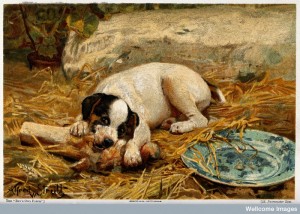
A product known as ‘puppy water’ is mentioned in Samuel Pepys’ Diary (1664), when he noted that he was ‘Up with some little discontent with my wife upon her saying that she had got and used some puppy-dog water, being put upon it by a desire of my aunt Wight to get some for her, who hath a mind, unknown to her husband, to get some for her ugly face’.7 In James Miller’s The Man of Taste (1735) Sir Humphrey wrote:
These Hussies with their Salves, have a Mind to ruin me, I think. There’s nothing in the whole House but Whites of Eggs, Puppy-dog Water and a Thousand other Slops that I can’t name.8
While ‘puppy water’ can refer to urine, and this was often used in removing stains from clothing, so could be similarly applied to the skin, the term also refers to products like those of Paré and Culpeper. Two cosmetic recipes for puppy water can be found in Mary Doggett’s Book of Receipts (1682) and Mary Evelyn’s Mundus Muliebris or The Lady’s Dressing Room Unlock’d (1690).9 Evelyn’s recipe, similar to Doggett’s, requires:
a Fat Pig, or a Fat Puppidog of nine days old, and kill it, order it as to Roast, save the Blood and fling away nothing but the guts; then take the Blood, and Pig or the Puppidog, and break the Legs and Head, with all the Liver and the rest of the Inwards, or either of them, put all into the Still if it will hold it, to that, take two Quarts of old Canary, a pound of unwashed Butter not salted; a Quart of Snails-Shells, and also two Lemons, only the outside pared away; Still all these together in a Rose Water Still, either at once or twice; Let it drop slowly into a Glass-Bottle, in which let there be a lump of Loaf-Sugar, and a little Leaf-gold.10
Whatever the true origin of the term puppy water, these recipes show how the realms of cosmetics and health overlap. Evelyn and Doggett’s recipes are intended to restore the complexion; Paré and Culpepers’ are used to heal the skin. However, depending on the method of application, one stomach-turning recipe can be seen as a medicine and the other as a rather disgusting method of artifice. I’ll be sticking to the day cream, thank you!
 Dr Katie Aske completed her Doctoral thesis at Loughborough University, which considered the meaning of beauty in the Eighteenth Century. Her work analyses the role of physiognomy and social stereotypes in the interpretation of the beautiful body. She also has a particular interest in the cosmetic practices of the eighteenth century. She has published several articles on beauty and physiognomy,
Dr Katie Aske completed her Doctoral thesis at Loughborough University, which considered the meaning of beauty in the Eighteenth Century. Her work analyses the role of physiognomy and social stereotypes in the interpretation of the beautiful body. She also has a particular interest in the cosmetic practices of the eighteenth century. She has published several articles on beauty and physiognomy,
______________________________________
1 Jonathan Swift, ‘The Lady’s Dressing Room’, in The Norton Anthology of Poetry (2005), pp. 572–75 (lines 29–32).
2 Ambroise Paré The Method of Curing Wounds by Gun-Shot (London: Isaac Iaggard, 1617), p. 5: ‘He sent me to fetch him two young whelps, one pound of earth-worms, two pounds of the oil of Lilies, six ounces of the Terebinth of Venice, and one ounce of Aqua-vitae: and in my presence he boiled the whelps alive in the saide Oil, until the flesh departed from the bones’. A very similar recipe can be found in William Salmon’s edition and translation of Nicholas Culpeper’s Pharmacopoia Londinensis: or, The New London Dispensatory (London: J. Dawks, 1707), p. 733.
3 Culpeper, Pharmacopoeia Londinensis; or, the London Dispensatory (1653), p. 146.
4 Ibid.
5 Margaret Cavendish, ‘A Mock-Tale of his Grace the Duke of Newcastle‘, in Natures Pictures Drawn by Fancies Pencil, 2nd edn (London: A Maxwell, 1671), p. 99, lines 33–34.
6 Isaac Bikerstaff [Jonathan Swift], The Tatler (1709), issue 245, 31 October 1710 – 2 November 1710, Classified Advertisements.
7 Samuel Pepys, The Diary of Samuel Pepys, ed. by Henry B. Wheatley, vols. 4–6 (London: G. Bell and Sons, 1962), p. 64, Tuesday 8 March 1664.
8 James Miller, The Man of Taste (London: John Watts, 1735), p. 6.
9 Mary Doggett’s recipe, recorded by historian Lisa Smith, instructs: ‘Take one Young fat puppy and put him into a flat Still Quartered Guts and all the Skin upon him, then distill it along with buttermilk, white wine, pared lemons, herbs, camphire, venus turpentine, red rosewater, fasting spittle, and eighteen pippins’. See Lisa Smith, ‘The Puppy Water and Other Early Modern Canine Recipes’ (2012) [accessed 1 July 2014].
10 Mary Evelyn, The Ladies Dressing Room Unlock’d, 2nd edn (London: R. Bentley, 1690), pp. 22–23.
© Copyright Katherine Aske, all rights reserved.
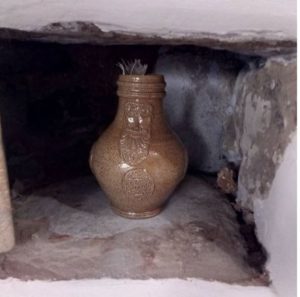
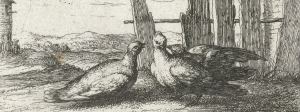
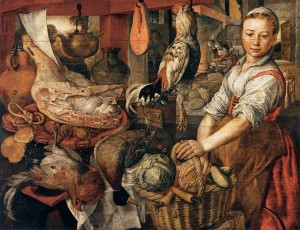
3 thoughts on “Puppy Water, Beauty’s Help”
Comments are closed.